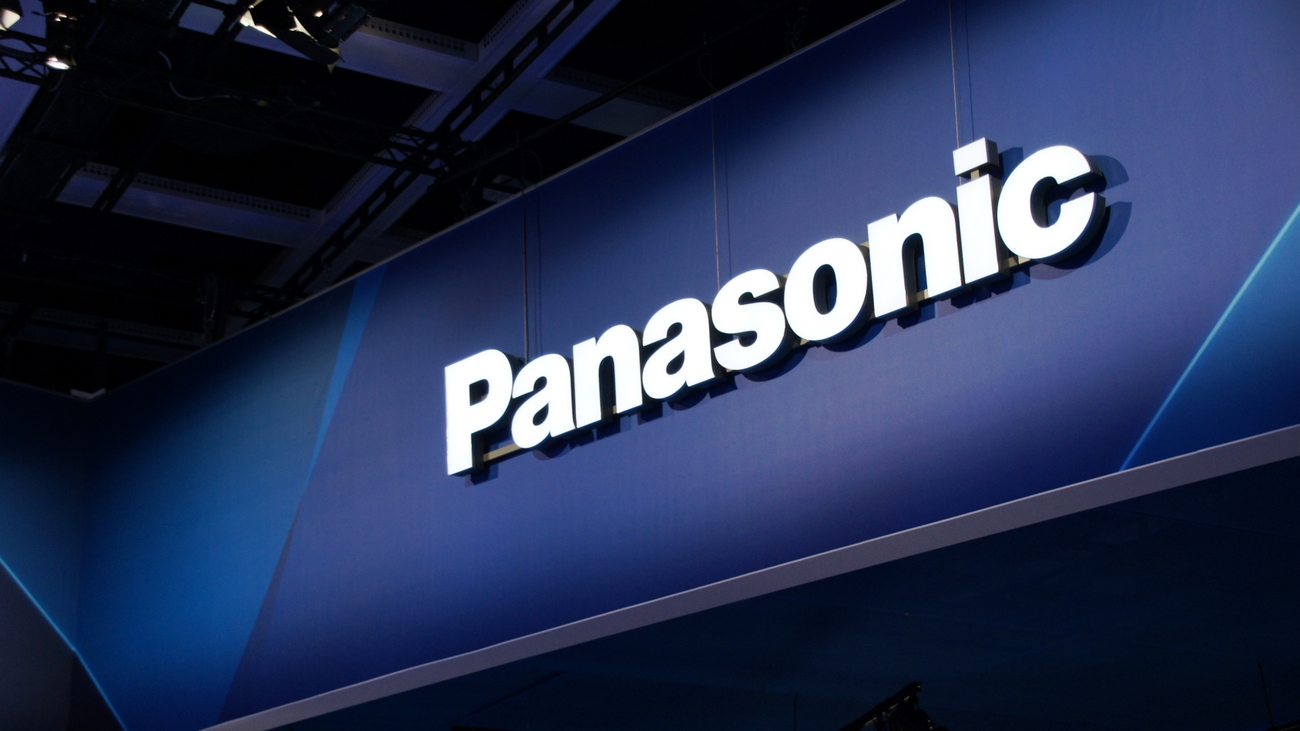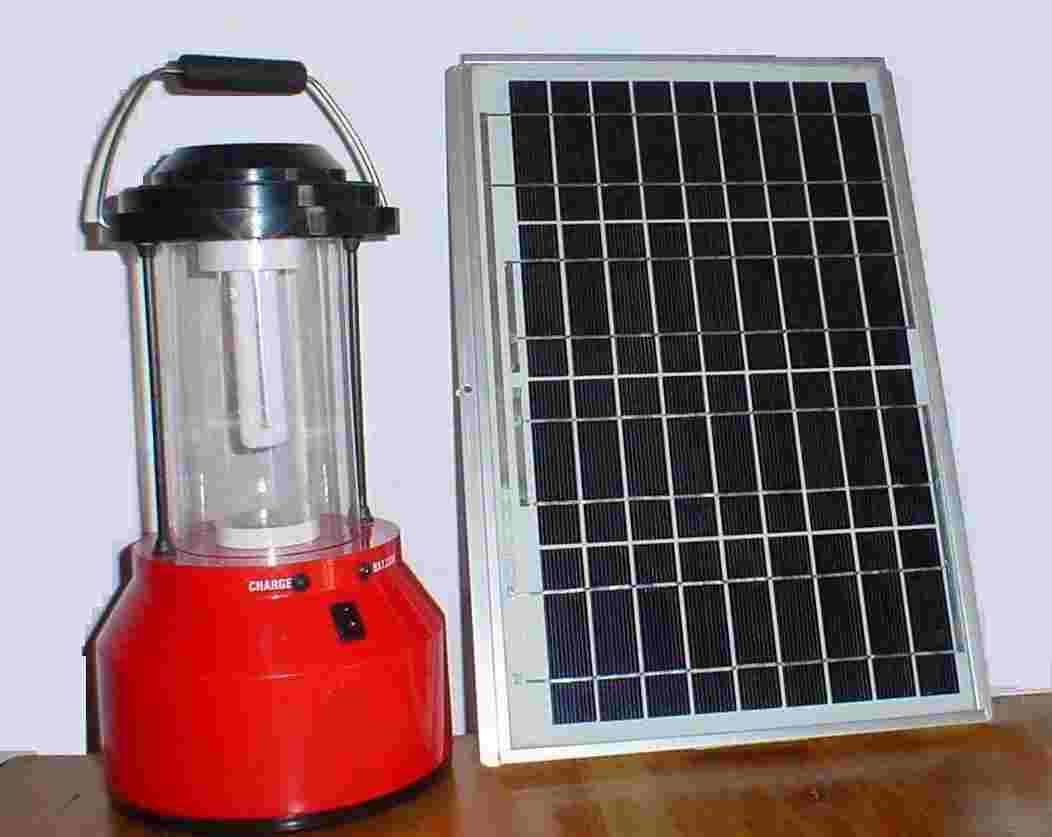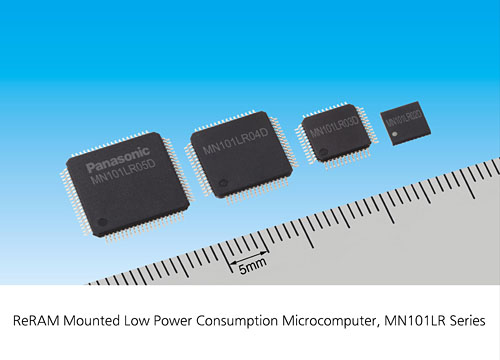Auto
Toyota Adopts Panasonic’s Photovoltaic Module HIT
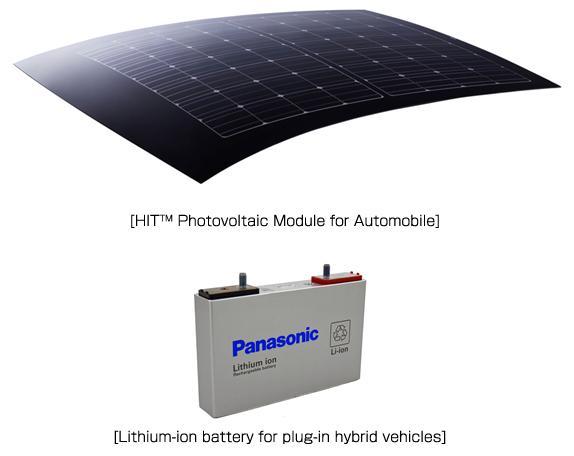
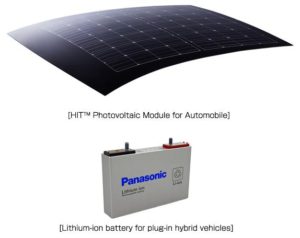
By Modupe Gbadeyanka
Panasonic Corporation says it has recently developed the “HITTM Photovoltaic Module for Automobile”, which was adopted for the new Prius PHV released in February 2017 by Toyota Motor.
In addition, Panasonic’s automotive prismatic lithium-ion batteries were adopted for the drive batteries, as with the Prius PHV that was released in 2012.
Panasonic Corporation has worked on the development of new applications of solar cells through the effective use of high performance and high reliability technologies and know-how that have been accumulated through the development, manufacture, and sales of photovoltaic modules for residential, public and industrial use.
Panasonic’s solar cells have a unique structure that combines a crystalline silicon substrate and an amorphous silicon film, and feature high conversion efficiency and excellent temperature characteristics.
Conventional automotive solar cells can output up to several tens of watts and have been used only for the auxiliary charging of 12 V batteries and ventilation power sources for parked cars; however, the use of the features of Panasonic’s solar cells allow a high output (approx.180 W) in a limited area on a car’s roof, enabling the charging of the drive lithium-ion batteries as well as 12 V batteries, resulting in a possible extension of an EV’s travel distance and increased in fuel economy.
Furthermore, Panasonic has developed technologies to laminate three-dimensional curved glass to match the new Prius PHV’s elegant body design, achieving the installation of modules on the roof without impairing the advanced design. This will eventually contribute to the improvement of the vehicle’s environmental performance.
Panasonic says it will make efforts to expand the use of the “HITTM Photovoltaic Module for Automobile” and contribute to the achievement of an environmentally friendly society in the automotive as well as the housing and industrial fields.
Few of the key features are the high output, which allows the charging of the drive and 12 V batteries; the photovoltaic modules that are compatible with three-dimensional curve processing match the elegant body design; and as with the 2012 model, Panasonic’s automotive prismatic lithium-ion batteries are mounted.
Auto
Detty December: Pernod Ricard, FRSC Launch Anti-Drunk Driving Campaign

By Adedapo Adesanya
Global leader in the spirits and wine industry, Pernod Ricard, in partnership with the Federal Road Safety Corps (FRSC), has launched the Don’t Drink and Drive campaign in Lagos to raise awareness about the dangers of drunk driving and promote responsible drinking habits among road users, during the Detty December festivities.
The campaign, themed Take Responsibility for Your Safety – Don’t Drink and Drive, aims to reduce road accidents and fatalities during the festive season and beyond. According to the FRSC, drunk driving remains a leading cause of road crashes in Nigeria, with Lagos State being particularly vulnerable due to its vibrant nightlife and high vehicle population.
Speaking at the launch event, the Managing Director of Pernod Ricard Nigeria, Mr Michael Ehindero, emphasized the company’s commitment to promoting responsible drinking and road safety.
“At Pernod Ricard Nigeria, we believe in encouraging responsible choices and promoting a culture of safety on our roads,” he said.
Corps Commander Kehinde G. Hamzat, Sector Commander of FRSC Lagos State, who was represented by Deputy Corps Commander Edith Eloka echoed the importance of collective responsibility in ensuring road safety. “Road safety is a shared responsibility, and we must work together to prevent crashes and save lives,” he said.
The campaign includes sensitization programs for commercial drivers, road users, and the general public, as well as collaborations with government agencies, civil society, and private sector partners to amplify the message of responsible drinking and road safety.
It is part of Pernod Ricard Nigeria’s global Sustainability & Responsibility roadmap, which aligns with the United Nations Sustainable Development Goal 3 that promotes good health and well-being, and is reflected in its global purpose statement, which states: “We are committed to being a responsible and sustainable company, creating a better tomorrow for all our stakeholders.”
The event secured 1,500 pledges from participants at the Ikeja City Mall, The Event Centre, and ABC Transport Company, with goodwill messages from stakeholders, including the National Union of Road Transport Workers (NURTW), the Ministry of Transportation, the National Drug Law Enforcement Agency (NDLEA), and the Nigerian Association of Road Transport Owners (NARTO).
While admonishing safe road usage, Corps Road Safety Commander, Mr Godwin Uweni, Head of Operations, Ikotun Unit Command FRSC, advised motorists to prioritize road safety and adhere to FRSC guidelines.
At ABC Motor Park, there was a head-to-head trivia competition with gift items and stickers with the “Don’t Drink & Drive” message to drivers, who were also encouraged to share their experiences on social media, using the branded hashtag, Don’t Drink and Drive.
Last year, the company partnered with FRSC and other stakeholders to promote road safety through the Don’t Drink and Drive campaign, and responsible drinking practices with its Drink More Water activation.
Auto
Lagride Gets $100m UBA Loan for EV Charging Infrastructure, Others

By Modupe Gbadeyanka
The United Bank for Africa (UBA) Plc has provided a financing facility worth about $100 million to assist Lagride expand its electric vehicle charging infrastructure in Lagos State.
The loan would also be used by the company to scale its Drive-to-Own programme and enable 3,500 Lagos drivers to transition from daily earners into long-term asset owners, business operators and mobility investors.
The partnership strengthens Lagos State’s transportation ecosystem and accelerates the shift toward a structured, technology-enabled and financially bankable mobility sector.
Over the past 10 months, Lagride has rebuilt its entire onboarding and operational system for drivers, known as Lagride Captains.
The platform introduced a performance-led Drive-to-Earn structure supported by weekly and monthly rental models. This system has generated consistent 90-day usage and repayment data across the fleet, allowing UBA and other financial institutions to assess driver performance with accuracy, confidence and transparency.
Eligibility for the programme is based on clearly defined performance thresholds, repayment discipline, safety compliance and service consistency.
Through this approach, Lagride has emerged as the most structured, data-driven and credit-ready mobility platform in Nigeria, setting a new benchmark for bankable driver financing and asset ownership.
EV Infrastructure Expansion
As part of the milestone, Lagride also unveiled an expanded electric vehicle charging facility in Alausa, Lagos, reinforcing its long-term commitment to clean, future-ready mobility.
The expanded infrastructure is designed to support the growing electric vehicle segment within Lagride’s fleet, reduce operational downtime and enable more efficient, sustainable transportation at scale. By pairing driver financing with practical EV infrastructure, Lagride is positioning itself as a mobility platform built not just for today’s Lagos, but for the next generation of urban transport.
“Lagride was created to give Lagos a modern, disciplined and technology-driven mobility system while ensuring that drivers are not left behind.
“The goal is for drivers who we call Captains to become business owners, fleet partners and mobility investors, not just drivers.
“This $100 million partnership with UBA moves thousands of captains closer to owning productive assets, managing multiple cars and building stronger financial futures. It is a major step forward in our commitment to driver prosperity and the future of smart mobility in Lagos,” the chairman of Lagride, Ms Diana Chen, said.
On his part, the chief executive of UBA, Mr Oliver Alawuba, said Lagride represents the kind of transformational, well-governed and data-backed initiative that UBA exists to support across Africa.
Auto
Police to Resume Tinted Glass Permit Enforcement January 2
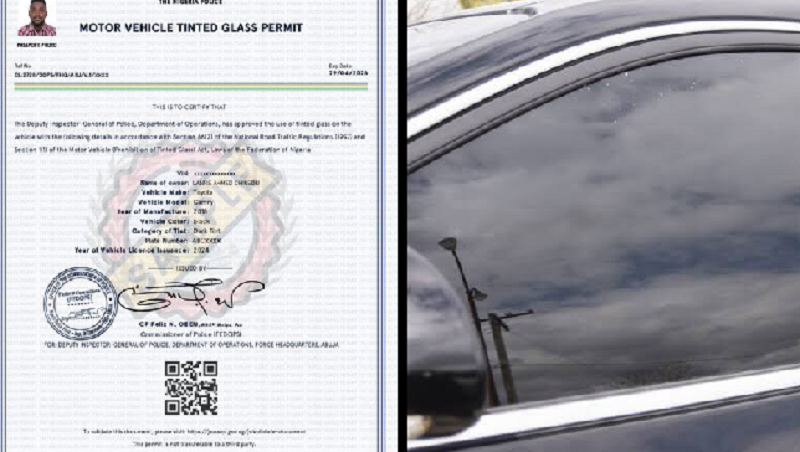
By Aduragbemi Omiyale
The Nigeria Police Force has said it would begin the enforcement of the controversial tinted glass permit despite an ongoing case in the court.
In a statement on Monday night signed by its spokesman, Mr Benjhami Hundeyin, the police said the reason for the resumption of the enforcement was due to insecurity in the country.
The enforcement, the statement noted, will resume on Friday, January 2, 2026, and motorists who require the tinted glass permit have been encouraged to apply through the approved channels and ensure that their vehicles comply with legal procedures.
The police noted that there was not a time the court prevented it from going ahead with the implementation of the tinted glass permit, noting that this was for the “safety of all citizens.”
“It is important to clarify that at no point did the court restrain the Nigeria Police Force from enforcing the provisions of the law regarding the use of tinted glass on vehicles.
“Nonetheless, in the spirit of responsibility, transparency, and public convenience, the Force suspended enforcement to allow motorists ample opportunity to regularise their documentation and complete the registration process without pressure,” parts of the statement today stated.
“Recent trends, however, reveal a disturbing rise in criminal activities perpetrated with the aid of vehicles fitted with unauthorised tinted glass. Some individuals and organised criminal groups have exploited this gap to conceal their identities and facilitate crimes ranging from armed robbery to kidnapping and other violent crimes.
“In view of this, the Nigeria Police Force has found it both necessary and urgent to resume full enforcement as a proactive measure to safeguard our communities.
“Consequently, enforcement of tinted glass permit will resume on January 2, 2026,” it declared.
“The Inspector-General of Police (IGP) Kayode Adeolu Egbetokun, assures the public that the renewed enforcement will be carried out with utmost professionalism, respect for the rights of citizens, and in accordance with extant laws.
“He adds that the Force remains committed to promoting public safety and upholding the rule of law while working collaboratively with all stakeholders to keep Nigeria secure,” the statement added.
-

 Feature/OPED6 years ago
Feature/OPED6 years agoDavos was Different this year
-
Travel/Tourism9 years ago
Lagos Seals Western Lodge Hotel In Ikorodu
-

 Showbiz3 years ago
Showbiz3 years agoEstranged Lover Releases Videos of Empress Njamah Bathing
-

 Banking8 years ago
Banking8 years agoSort Codes of GTBank Branches in Nigeria
-

 Economy3 years ago
Economy3 years agoSubsidy Removal: CNG at N130 Per Litre Cheaper Than Petrol—IPMAN
-

 Banking3 years ago
Banking3 years agoFirst Bank Announces Planned Downtime
-

 Banking3 years ago
Banking3 years agoSort Codes of UBA Branches in Nigeria
-

 Sports3 years ago
Sports3 years agoHighest Paid Nigerian Footballer – How Much Do Nigerian Footballers Earn



